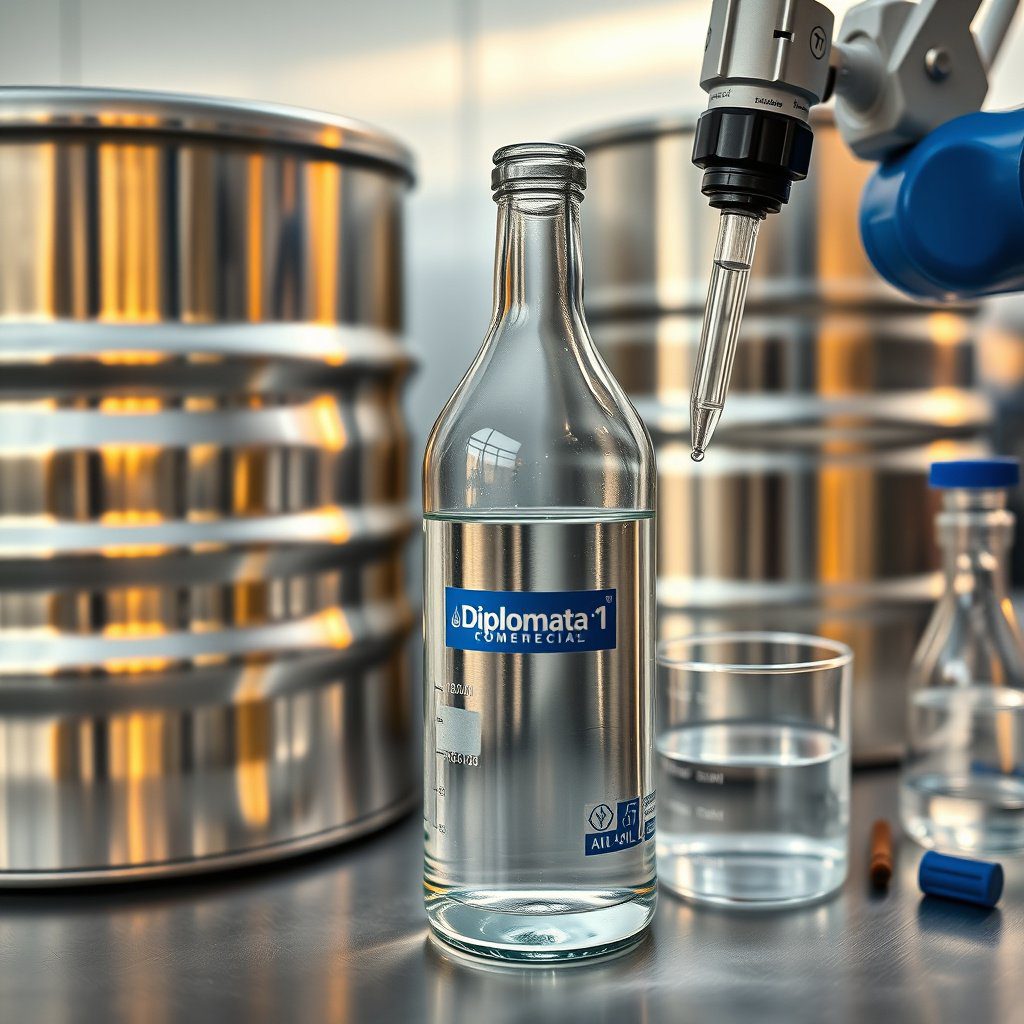Understanding Sodium Laureth Sulfate
Sodium Laureth Sulfate (SLES) is a widely used surfactant and emulsifying agent in various personal care and industrial products. Characterized by its ability to create foam and enhance cleaning efficacy, SLES is favored in formulations for shampoos, body washes, and household cleaners. Its versatility stems from its exceptional surfactant properties, which allow it to effectively interact with both water and oil, thereby facilitating the removal of dirt and grease.
Formulation Techniques for Sodium Laureth Sulfate
When formulating products containing Sodium Laureth Sulfate, several techniques can be employed to optimize its performance. One common approach is to adjust the concentration of SLES in the formulation, balancing efficacy with skin compatibility. The two primary grades available, 27% and 70%, offer formulators flexibility in achieving desired viscosity and foaming characteristics while maintaining product stability.
Role of Surfactants in Industrial Applications
In industrial applications, Sodium Laureth Sulfate plays a crucial role as a surfactant, aiding in processes such as cleaning and emulsification. Its high foaming capacity makes it suitable for use in detergents and cleaning agents, where effective dirt removal is paramount. The formulation techniques for SLES in industrial settings often involve blending with other surfactants to enhance cleaning power and performance across various substrates.
Quality Control in SLES Production
Ensuring consistent quality and supply of Sodium Laureth Sulfate is essential for maintaining product integrity. Manufacturers like DIPLOMATA implement rigorous quality control measures throughout the production process, from raw material selection to final product testing. This commitment to quality ensures that both grades of SLES, 27% and 70%, meet the stringent requirements of the U.S. market, establishing a reputation for reliability and excellence.
Formulation Challenges with Sodium Laureth Sulfate
Formulating with Sodium Laureth Sulfate does present certain challenges, particularly regarding skin sensitivity and irritation. Careful consideration of additional ingredients, such as moisturizers or skin conditioning agents, can help mitigate these effects. The formulation techniques employed must also focus on pH balance, as SLES can be affected by extreme pH levels, impacting its overall performance and safety profile.
Innovative Uses of Sodium Laureth Sulfate
Beyond traditional personal care products, innovative uses of Sodium Laureth Sulfate are emerging in various sectors, including agriculture and pharmaceuticals. In these applications, SLES serves as an effective wetting agent and dispersant. The formulation techniques adapted for these industries often involve modifying the concentration and combining SLES with other agents to achieve specific outcomes tailored to unique application needs.
Environmental Considerations of SLES
As the focus on sustainability increases, the environmental impact of Sodium Laureth Sulfate is becoming a significant consideration. Formulation techniques that prioritize biodegradable and eco-friendly components are gaining traction. Manufacturers are exploring alternatives and modifications to SLES that reduce environmental footprint while maintaining product efficacy, ensuring compliance with regulatory standards.
Market Trends for Sodium Laureth Sulfate
The market for Sodium Laureth Sulfate is evolving, driven by consumer demand for transparency and safety in personal care products. Trends indicate a shift towards sulfate-free formulations; however, SLES remains a staple in many sectors due to its effectiveness and cost efficiency. Understanding these market dynamics is crucial for suppliers like DIPLOMATA to position themselves strategically within the U.S. market.
Regulatory Compliance for SLES in the U.S.
For companies exporting Sodium Laureth Sulfate to the U.S., adherence to regulatory compliance is vital. This includes ensuring that products meet the safety guidelines set forth by organizations such as the FDA and EPA. Formulation techniques must be aligned with these regulations to guarantee that both grades of SLES are safe for consumer use and meet industry standards.


